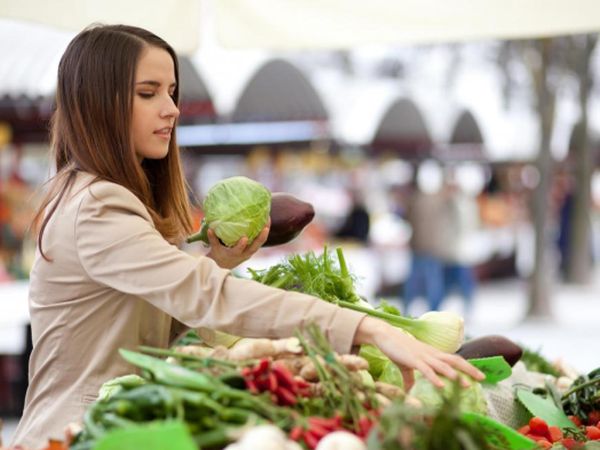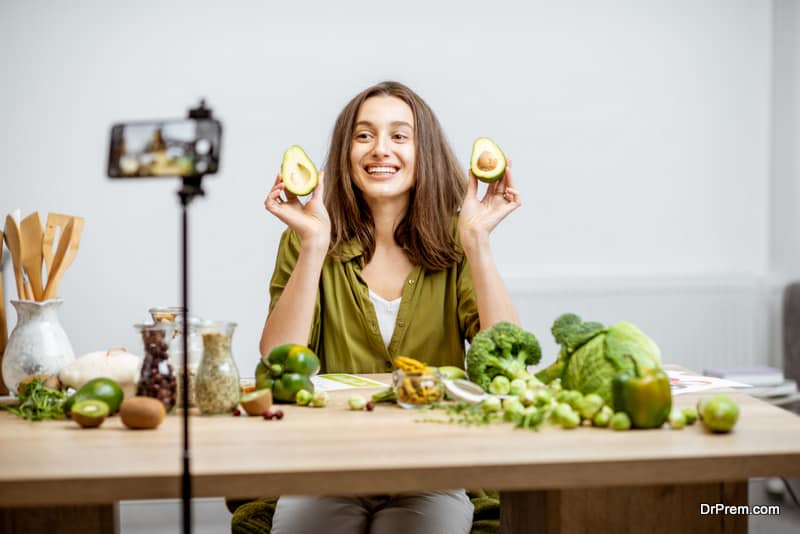Eco-friendly foods are healthier for you and the environment. Find out the top eco-friendly foods for you.

Buy local
Buying local cuts down on something called “food miles,” or how far your food has been shipped. On average, produce in the United States travels anywhere from 1,300 to 2,000 miles (2,092 to 3,218 kilometers) from the farm to the grocery store. If you want to calculate your foods’ carbon footprint, use a “carbon footprint calculator” .
You’ll also find that blueberries and other fruits and veggies taste better when they’ve only traveled 10 or so miles to your local farmers’ market. Plus, buying local can provide some health benefits you wouldn’t expect.
Buy seasonal veggies
If you buy a vegetable in season from a local farmer, it likely ripened on the vine before it was plucked and traveled a short distance, saving tons of carbon emissions. Your vegetable also tastes better. If your vegetable, for example tomato was picked when it wasn’t ripe, it’ll taste more like water.
“Grass-fed” Beef
If you eat beef products, grass-fed beef is perfect. Grass-fed means the cattle are raised and fed on pastures as opposed to in feedlots. Eating too many grains can boost the amount of E. coli in a cow’s stomach, which can lead to infected meats and mass health scares.
Factory farms feed their livestock grain because the government provides large subsidies to farms that produce grains like soy and corn. These grains are rich in protein, which means they fatten up the animals.
Research suggests that grass-fed beef has more nutrients than grain-fed, specifically more beta-carotene, vitamin E and omega-3 fatty acids. Cows have naturally evolved to eat grass and not grains. Most cattle mature in the spring, and as they grow, they eat newly-grown grass, which is full of seeds and nutrients.
Sustainable Salmon
We should eat fish for its omega-3 fatty acids, which are healthy and help decrease the risk of cardiovascular disease. Salmon is especially known for being high in omega-3s. If you want to be ecologically conscious, you should check into how your salmon arrived at your grocery store before you purchase it.
When salmon is “sustainable,” it means that catching it won’t put a dent in the salmon population and that the biodiversity of the fish habitat isn’t negatively impacted. Wild Alaskan salmon is your best choice ecologically, since this type salmon isn’t overfished and catching it won’t harmfully impact the salmon population or the biodiversity of the ocean.


